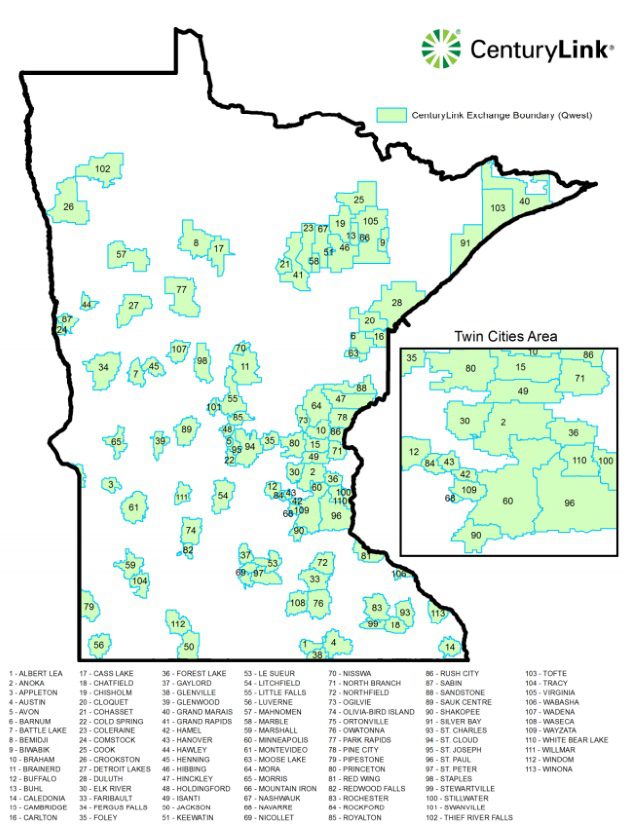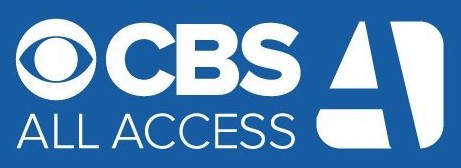 With more than one million people in its footprint across western New York, Frontier Communications has the potential of picking up a significant number of new customers and keeping others from leaving with the introduction of its Vantage IPTV service (see our coverage from this spring to learn more about Vantage TV), set to arrive in the Greater Rochester area by the end of this year.
With more than one million people in its footprint across western New York, Frontier Communications has the potential of picking up a significant number of new customers and keeping others from leaving with the introduction of its Vantage IPTV service (see our coverage from this spring to learn more about Vantage TV), set to arrive in the Greater Rochester area by the end of this year.
Rochester is Frontier’s largest legacy copper service area by population, encompassing the majority of the 585 area code. Yet for all that history and Rochester’s significant population base, over the last 15 years Frontier has owned the former Rochester Telephone, upgrades to its copper wire infrastructure have been modest. Significant segments of Frontier’s service area in Rochester still cannot support greater than 3-6Mbps DSL because the company has proportionally underinvested in network upgrades.
That underinvestment has allowed Time Warner Cable (now Charter) to amass a large majority of the residential broadband, phone, and television market in the region. Winning those customers back may be tough without considerable investment in ridding the Rochester area of large segments of copper wiring in place since the 1960s and 1970s. Frontier will be competing against a company that offers broadband speeds starting at 60Mbps and will be discounting its plans, packages and equipment fees for the next few years.
 Vantage TV is powered by Frontier’s broadband service and will need more bandwidth than the company can now supply across parts of the three dozen communities it plans to market IPTV in the Greater Rochester area. CEO Dan McCarthy promised to upgrade much of Frontier’s copper network to support speeds of 50Mbps or higher, but that isn’t likely to happen this year in large parts of western New York.
Vantage TV is powered by Frontier’s broadband service and will need more bandwidth than the company can now supply across parts of the three dozen communities it plans to market IPTV in the Greater Rochester area. CEO Dan McCarthy promised to upgrade much of Frontier’s copper network to support speeds of 50Mbps or higher, but that isn’t likely to happen this year in large parts of western New York.
Historically, Frontier has preferred acquiring other companies’ already-built fiber and fiber/copper networks instead of spending the money to build comparable networks from scratch. That is why there is a wide disparity between Frontier’s performance in its acquired FiOS and U-verse territories (Indiana, Pacific Northwest, and Connecticut) and its legacy network (Rochester) and acquired dilapidated copper communities (non-FiOS Verizon acquisition areas, most of West Virginia, etc.)
The Vantage TV announcement underwhelmed local media, with only one television station bothering to cover it. That may be a result of skepticism among area reporters who have had direct past experience using Frontier’s DSL service and share our attitude about Frontier’s press releases: only believe it when you actually see it.


 Subscribe
Subscribe An attempt by CenturyLink to win near-complete deregulation for all of its 108 telephone exchanges in Minnesota has been met with
An attempt by CenturyLink to win near-complete deregulation for all of its 108 telephone exchanges in Minnesota has been met with 
 Viewers hoping to see their last Cialis ad while watching 60 Minutes online now have that option as CBS announces the introduction of a commercial-free plan for its All Access subscription service.
Viewers hoping to see their last Cialis ad while watching 60 Minutes online now have that option as CBS announces the introduction of a commercial-free plan for its All Access subscription service.


